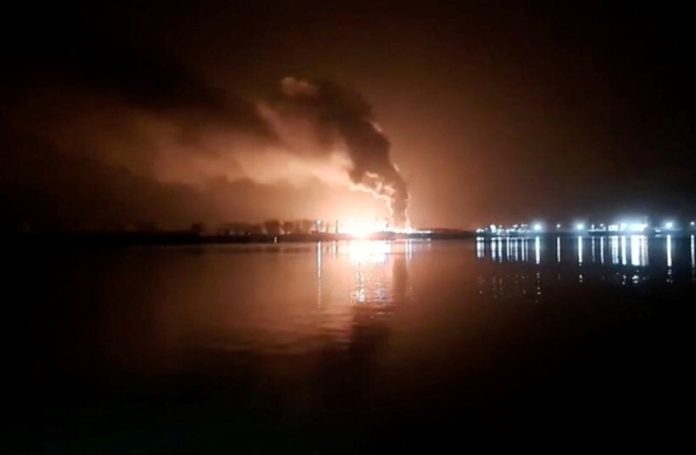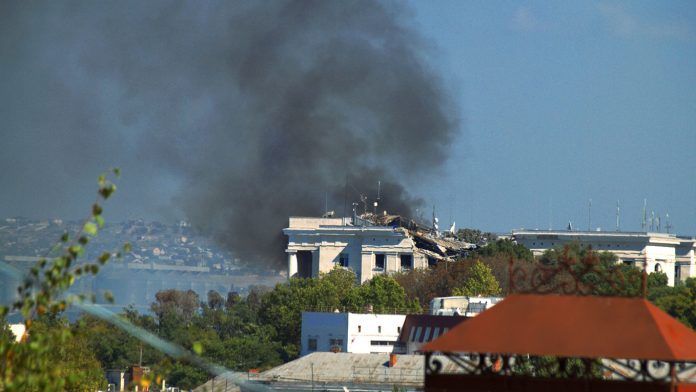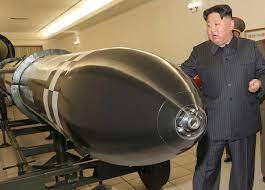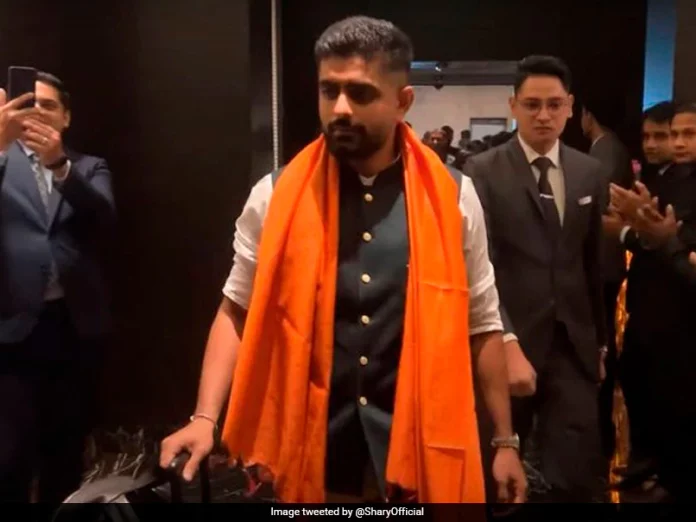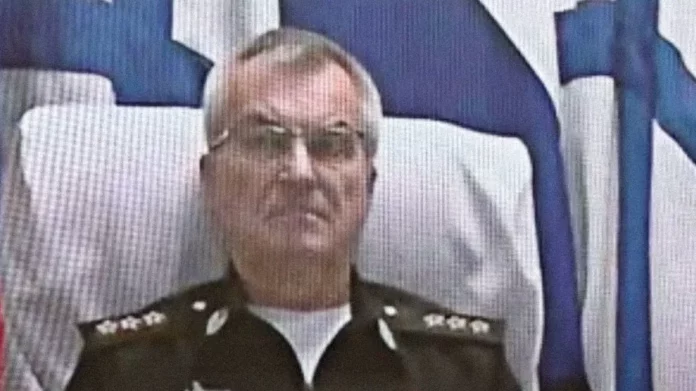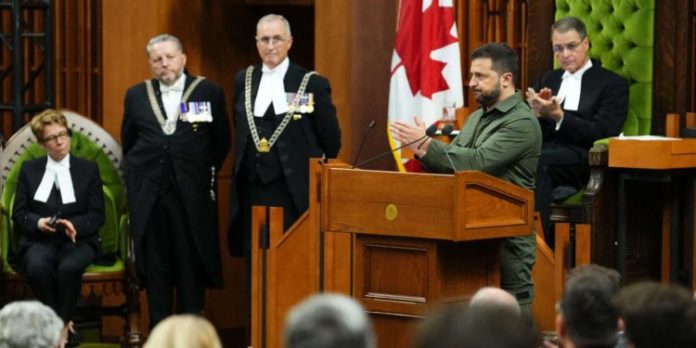In a daring overnight attack, Ukraine’s Air Force demonstrated their unwavering prowess by successfully intercepting and downing a staggering 34 out of 44 Shahed drones deployed by Russia. This remarkable feat, executed with precision and valor, serves as a testament to Ukraine’s formidable air defense capabilities. The operation left no room for casualties, marking a significant victory for Ukrainian forces and dealing a substantial blow to the aggressor.
The Shahed Drones: A Lethal Arsenal of Intrigue
The Shahed drones, of Iranian origin, represent a menacing breed of kamikaze drones, characterized by their devastating payload and lethal potential. These remotely piloted aerial vehicles are a favored choice for clandestine and high-impact missions, making them a prime tool in Russia’s military arsenal.
The Night Ukraine Stood Strong
As the clock struck midnight on September 28, 2023, the skies over Ukraine became a battleground of epic proportions. Russian military strategists had unleashed a wave of Shahed drones, intending to wreak havoc on Ukraine’s southern Mykolaiv, Odesa, and central Kirovohrad regions. In their relentless onslaught, they also aimed missiles at Mykolaiv.
Ukraine’s Air Defense: A Symphony of Precision
Ukraine’s response was swift and resolute. Fighter aircraft, anti-aircraft missile units, and mobile fire groups were promptly deployed to counter the imminent threat. The coordination and effectiveness of Ukraine’s air defense forces were nothing short of exceptional.
Governor Oleh Kiper of Odesa regional, expressing his satisfaction on the Telegram messaging app, aptly summarized the triumph, stating, “Our air defense forces did an excellent job.” Remarkably, there were no reported casualties, and the collateral damage was limited to a few minor fires caused by the wreckage of the downed Shahed drones igniting dry grass.
Odesa’s Resilience: A Symbol of Ukraine’s Determination
The southern seaport region of Odesa has been a recurring target for Russian drone and missile attacks since July. This campaign of aggression stems from Russia’s abrupt exit from a UN-brokered grain export deal that had facilitated the export of Ukrainian grain.
The Path Forward
As the dust settles from this dramatic night, Ukraine stands as a beacon of resilience and unwavering determination in the face of adversity. The successful interception of 34 out of 44 Shahed drones showcases Ukraine’s unwavering commitment to defending its sovereignty.
In a world where technology and conflict often intersect, this victory demonstrates the vital importance of a strong and capable air defense system. It also underscores Ukraine’s resolve to protect its territory and its people.
In the wake of this triumphant defense, it is clear that Ukraine’s Air Force has set a formidable standard in countering drone threats, not only for its nation but as an inspiration to others facing similar challenges.


